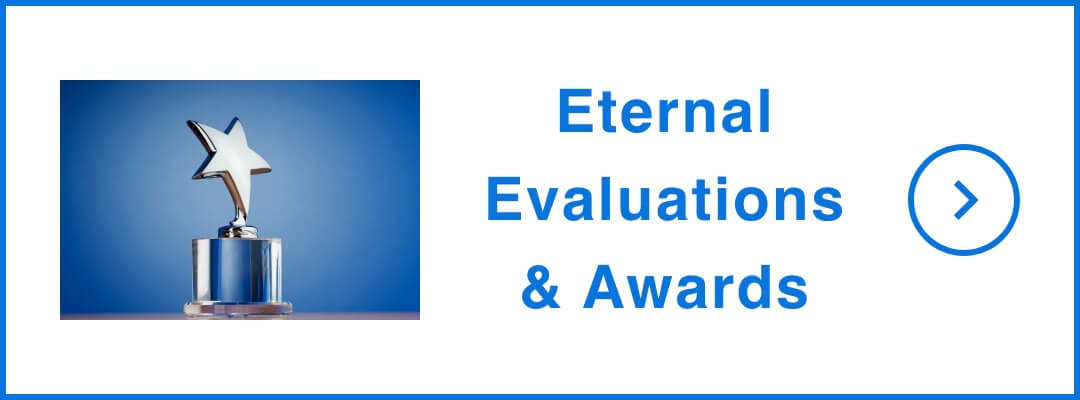FY2020 Q1 Presentation
| Date | July 31, 2020 |
|---|---|
| Presenter | Satoshi Hirano, President and CEO |
Q&AFor PDF file, please refer to “presentation material (with script)” on the previous page.
Common subject matters
-
Earnings forecast : Are the economic measures in each country (p. 12 of the slides) actually in play in business negotiations? When do you expect their effects to appear in your sales numbers?
It seems that some contracts are starting to be placed for work, in anticipation of budgets from economic recovery measures. We believe the effects will appear in the third to fourth quarter.
-
Earnings forecast: Your long-term numerical vision is net sales of 250 billion yen and an ROE of greater than 15% by fiscal year 2025. Has your forecast on this changed?
We have not changed our Long-term Goal. However, some impact on our timeline is inevitable, and it will be extremely difficult to meet our fiscal year 2021 targets. Conversely, we think it is possible that there will be tailwind for our 2025 target.
-
Cost management policy : You said that you will reduce fixed costs by 3.8 billion yen over the full year (p. 17 of the slides). However, you decreased costs by 2.4 billion yen in the first quarter (p. 6). Why will the size of the reduction be smaller over the following nine months?
We were able to make a large reduction to SG&A in the first quarter, because this was a special case where, due to lockdowns and other factors, we were able to make major savings in business travel and other expenses. Our earnings forecast includes plans to increase sales in the third and fourth quarters. Accordingly, although we will continue to reduce costs, we expect costs to increase in a manner that is commensurate with our increases in sales.
-
Cost management policy: How much do you plan to reduce SG&A?
Nearly all of the fixed cost reduction of 3.8 billion yen in the operating income year-on-year breakdown is from SG&A.
-
Cost management policy: Did COVID-19 change your method of controlling fixed costs? Until now, your policy was to uncover future growth potential through upfront investment. What is your policy, going forward?
COVID-19 caused a drastic drop in sales. We responded by thoroughly controlling SG&A, R&D, and other expenses. Although R&D expenses are vital, we will be selective, thinking carefully about the timeline for effects to the top line, while making adjustments from both short and long-term perspectives. Alternatively, we will consider how to grow our businesses while controlling investment costs.
Positioning Company/Smart Infrastructure Business
-
IT Construction : Were the decrease in sales to OEM clients of construction equipment smaller compared to the third and fourth quarters of last year? What is the outlook beyond the second quarter?
Although we cannot control OEM clients, aftermarket demand has recovered considerably despite COVID-19. For this reason, we believe that OEM demand will also recover, although some lag time is expected.
Eye Care Business
-
Tele-optometry : What is the scale of your tele-optometry system business? Can this business model become one of the pillars of your business? What will the scale of the business be in 2021 and 2025?
Tele-optometry primarily targets large optical store chains. We expect to make sales through selling systems and subscriptions. One contract can yield sales ranging from several hundred million to one billion yen. Some customers may need to level the load on the optometrists in their chains nationally, and there may be cases where our on-staff optometrists provide optometry services. In that sense, we offer our customers flexible options, and the size of our sales will vary greatly depending on their choices. We are confident that this business can become a pillar for us, and while we have been advancing tele-optometry by making upfront investments, life with COVID-19 has created a need for social distancing. Until now, optical stores have generally worked to bring customers into the store; however, they have now switched to appointment systems. There is a real sense that there is an extremely strong demand to conduct business as efficiently as possible, within their limited capacity. In this sense, although it may be indelicate to say, COVID-19 has actually accelerated the switch to currently available digital services, and we feel that digitalization will be achieved sooner than we originally expected. I will refrain from commenting on the concrete size of the business in 2021 and 2025.
-
Screening Business : Patients are avoiding visits to ophthalmologists due to COVID-19. Don’t you think that this will increase the demand for services offering cloud-based telemedicine?
Exactly. In addition to the demand from customers to avoid visiting clinics, no matter how much more efficient optical stores can become, their customer capacity will certainly be lower. Under these circumstances, a key management challenge for these stores is to increase sales per customer, and I think screening services are attracting attention for just this reason. While it is true that sales of our “3D OCT-1 Maestro” for Screening Business were not as active in the first quarter as previously, demand has recently become extremely strong.
-
Screening Business : In response to COVID-19, there have also been moves to loosen regulations on telemedicine in Japan. Are there any signs of insurance related matters to advance Screening Business?
“IDx-DR,” which is the first U.S. FDA approved AI software for diagnosing diabetic retinopathy requires the use of our retinal cameras. We expect an insurance reimbursement code to be assigned in January of next year. We predict that once it is covered by insurance, AI diagnostic software will be adopted in the U.S., for example by physicians, drug stores, and optical stores. In response to COVID-19, in April the FDA announced and introduced a fast-track process for regulations relating to telemedicine. In this manner, governments in Europe and the U.S. are promoting equipment and services for telemedicine.
-
Screening Business: What is your sales forecast given the delay of large sales? Am I correct in understanding that the number of units that you ship this fiscal year will remain unchanged?
Outstanding shipments currently remain delayed due to COVID-19. On the other hand, we are gradually beginning to see movement in business talks for the 3D OCT-1 Maestro for Screening purpose.
-
3D OCT : What is your forecast for sales of the Maestro, compared to the previous fiscal year?
I believe that we will sell close to the same number of units as in the previous year.
-
Earnings forecast: In the second quarter, you expect net sales and operating income to each decrease by roughly 1 billion yen year-on-year. Will fixed costs increase significantly? In the first half, you expect net sales to fall by roughly 5 billion yen year-on-year, and operating income to fall by roughly 3 billion yen year-on-year. What is the reason for the large decrease in income?
The Eye Care Business was particularly hard-hit by COVID-19 in the fourth quarter of the previous year, and sales fell significantly. As a result, a large amount of inventory was left over at the end of the last fiscal year, and we have been performing inventory adjustments in the first and second quarters of this year. This has declined production operating ratio, leading to a decline in operating income.
Cautionary Note regarding Forward-Looking Statements
These materials contain forward-looking statements, including assumptions and projections based on the information available at the time these statements are made. However, please be aware that actual performance may differ from projected figures owing to unexpected changes in the economic environment in which we operate, as well as to market fluctuations.
Adobe Acrobat Reader is needed to view PDF formatted files.
Acrobat Reader is distributed freely by Adobe Systems.






